DSCI 475: Topological Data Analysis
.png)
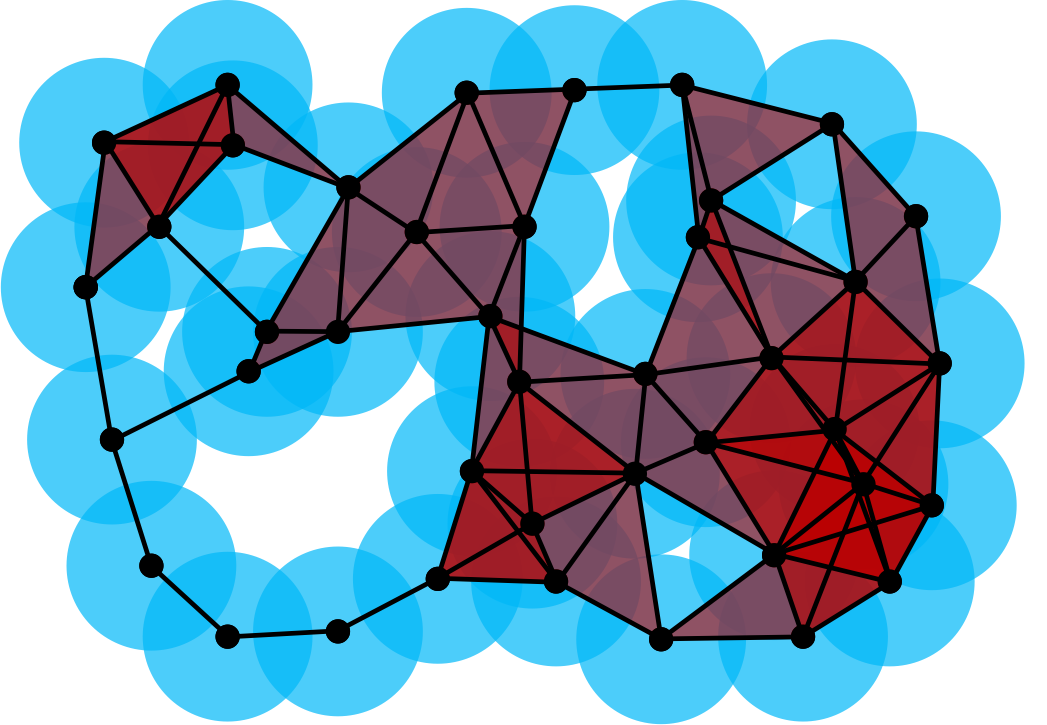
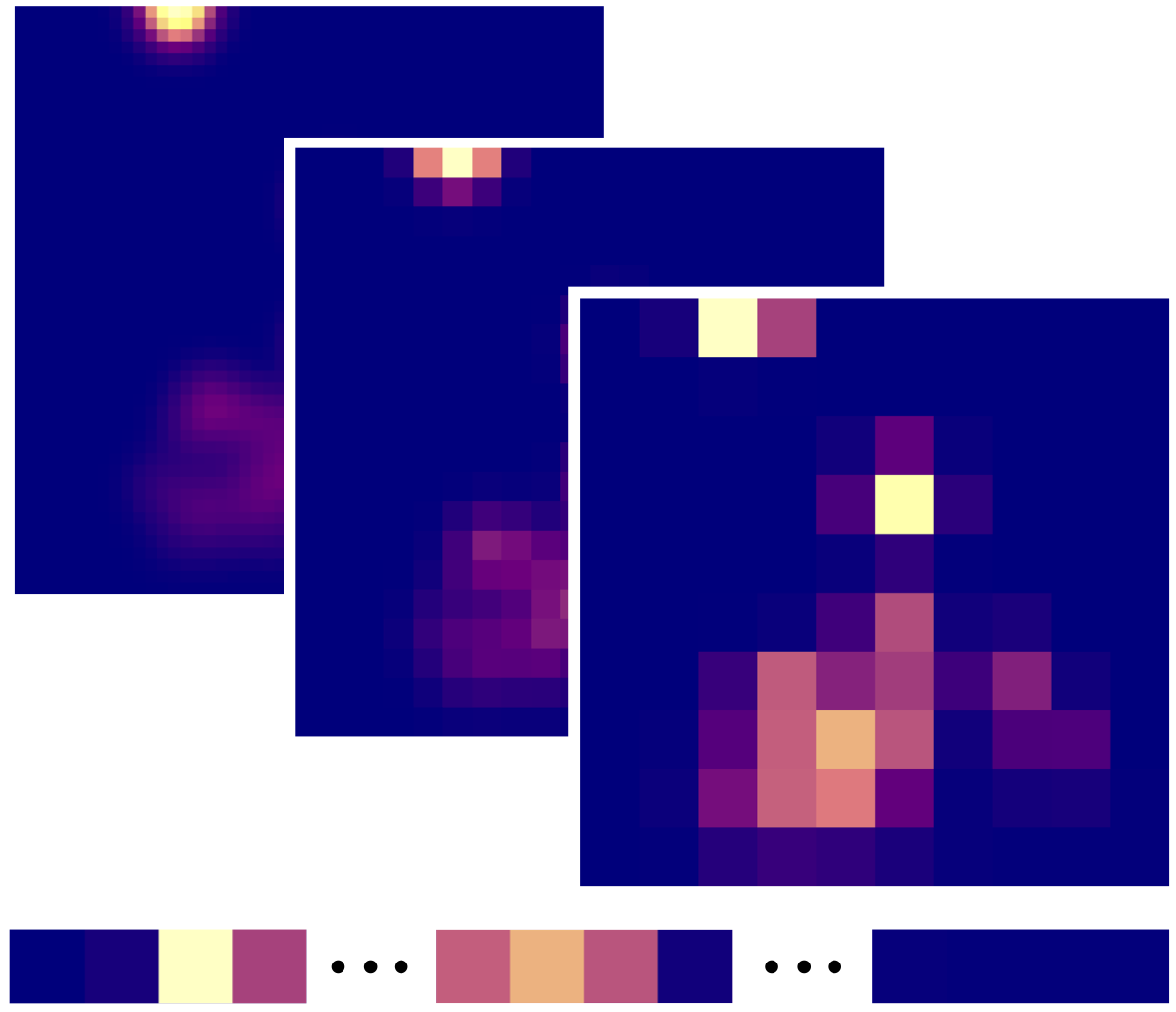
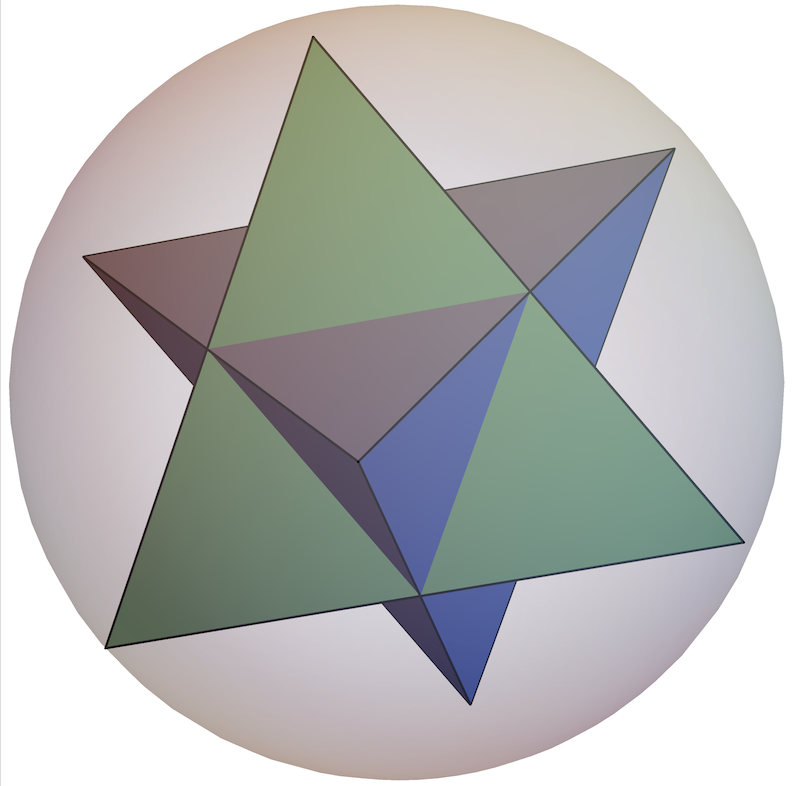
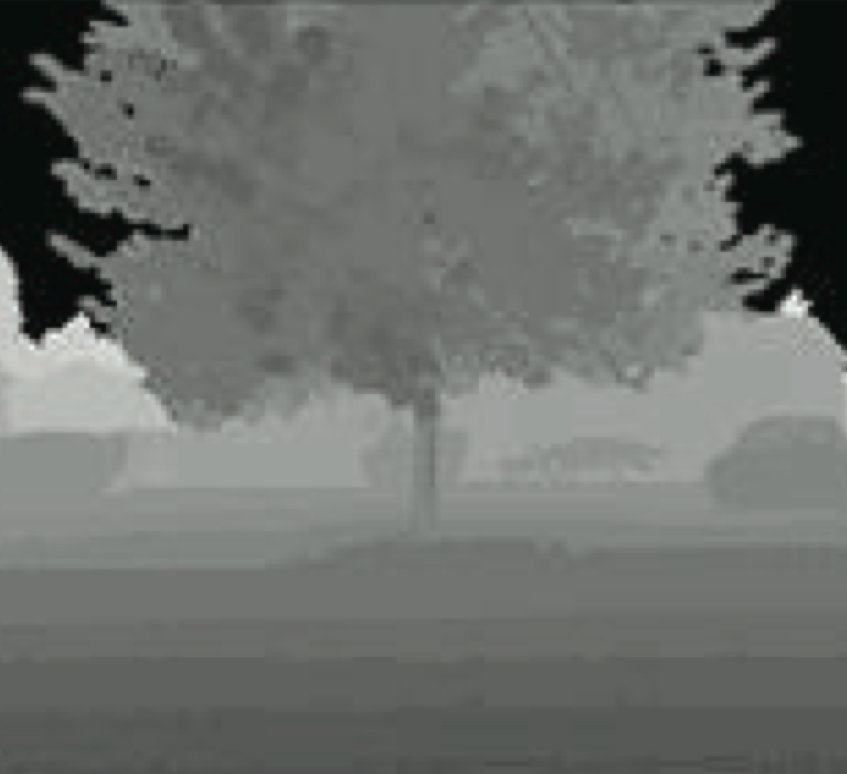
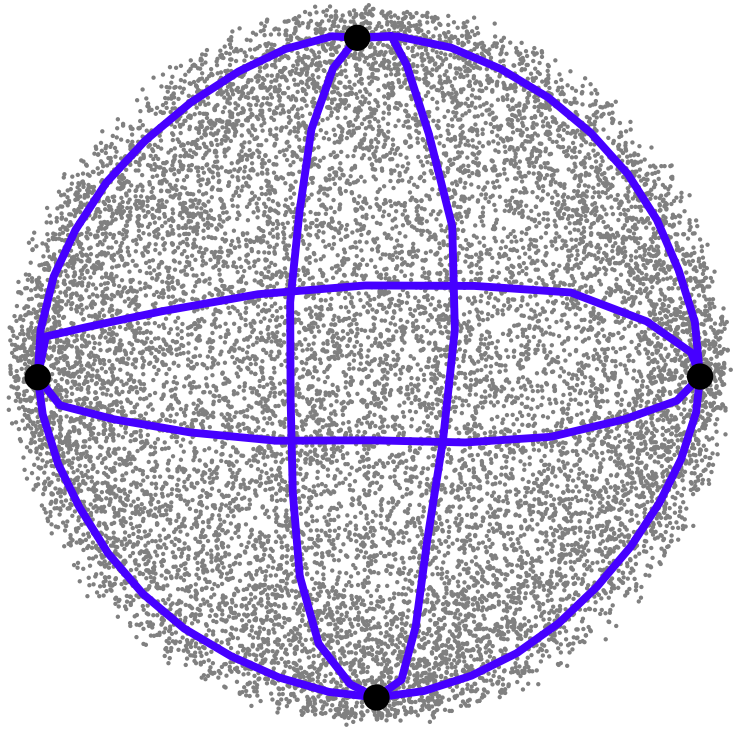
Colorado State University, Spring 2021
Instructor: Henry Adams
Email: henry dot adams at colostate dot edu
Lectures: TR 2:00-3:15pm Mountain Time on Zoom
Textbook: None required
Overview: Topological techniques for analyzing high-dimensional or complex data. The shape of data may reflect patterns within; e.g. connected components may correspond to groupings, or a circular shape may correspond to periodic behavior. Topics include clustering, dendrograms, a visual introduction to topology, data modeling and visualization, and selected topics from nonlinear dimensionality reduction, graph-based models of data, Reeb graphs, multi-scale approaches to data, and persistent homology.
Syllabus: Here is the course syllabus.
Videos
Applied Topology 1: Datasets have shape
Applied Topology 2: Topology and homotopy equivalences
Applied Topology 3: A punctured torus is homotopy equivalent to a figure eight
Applied Topology 4: An introduction to the torus and Klein bottle
Applied Topology 5: Spheres in all dimensions
Applied Topology 6: Homology
Applied Topology 7: How do you recover the shape of a dataset?
Applied Topology 8: An introduction to persistent homology
Applied Topology 9: Spaces of 3x3 natural image patches
Applied topology 10: Unsupervised vs supervised learning
Applied topology 11: Clustering and K-means clustering
Applied topology 12: Hierarchical clustering and single-linkage clustering
Applied topology 13: The problem of chaining in single-linkage clustering
Applied topology 14: Čech and Vietoris-Rips simplicial complexes
Applied topology 15: Introduction to a software tutorial for persistent homology and Ripser
Applied topology 16: Sublevelset persistent homology
Applied topology 17: Persistence and local geometry, Part A
Applied topology 18: Persistence and local geometry, Part B
Applied topology 19: Linear dimensionality reduction - Principal Component Analysis (PCA), Part I
Applied topology 20: Linear dimensionality reduction - Principal Component Analysis (PCA), Part II
Applied topology 21: Nonlinear dimensionality reduction - Isomap, Part I
Applied topology 22: Nonlinear dimensionality reduction - Isomap, Part II
Applied topology 23: Paper Introduction: Coordinate-free coverage in sensor networks
Applied topology 24: Evasion paths in mobile sensor networks, Part I
Applied topology 25: Evasion paths in mobile sensor networks, Part II
Applied topology 26: Evasion paths in mobile sensor networks, Part III
Applied topology 27: Evasion paths in mobile sensor networks, Part IV
Schedule
| Date | Class Topic | Remark |
| Jan 19 | Course overview | [Logistics] |
| Jan 21 | Topology and data | [Slides, Video] |
| Jan 26 | A visual introduction to topology and homotopy equivalences | [Slides] |
| Jan 28 | A visual introduction to homology | [Slides] |
| Feb 2 | A visual introduction to persistent homology | [Slides] |
| Feb 4 | Clustering, k-means clustering | [Slides] |
| Feb 9 | Hierarchical clustering and dendrograms | [Slides] |
| Feb 11 | Point cloud persistent homology | [Slides, Video] |
| Feb 16 | Case studies: Point cloud persistent homology | [Slides] |
| Feb 18 | Sublevelset persistent homology | [Slides, Video] |
| Feb 23 | Case studies: Sublevelset persistent homology | [Slides] |
| Feb 25 | Dimensionality reduction: Principal Component Analysis (PCA) | [Tutorial, Slides] |
| Mar 2 | Nonlinear dimensionality reduction | [Slides] |
| Mar 4 | Reeb graphs and the mapper algorithm | [Video] |
| Mar 9 | Coverage problems in sensor networks | [Slides] |
| Mar 11 | Coverage problems in sensor networks | [Slides] |
Software resources
- Tutorial on persistent homology using Ripser (live).
- Tutorial and video on persistent homology using Javaplex.
- See this incomplete list of applied topology software options.